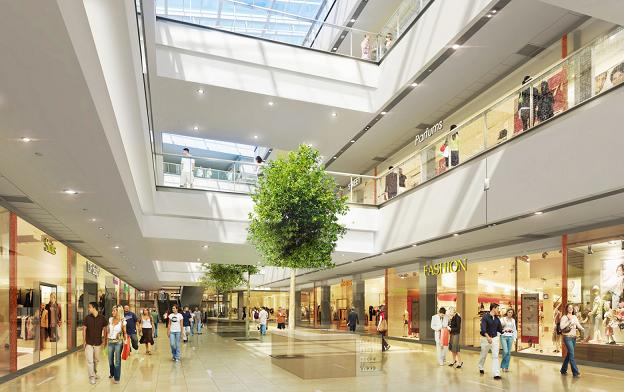The exterior design of any retail store must protect the interior from the outside elements (heat, dust, humidity, light etc.). Just as important, it also serves to convey information to potential customers. The exterior is first part of the store that potential customers see. They will determine from the outside whether or not they wish to enter and shop. It is critical that the outside of the store gain the attention of customers and entice them to enter. If the outside does not reflect an image appropriate to customers, they will not enter into the store. The important exterior design considerations for the retail store design are: 1. New Building versus Existing Facility The decision to build a new facility Continue reading
Retail Management Concepts
Retail Store Design
Store design is the architectural character or decorative style of a retail store that conveys to the customer “what the store is all about.” Retail stores vary so much in kind, size, and geographical location that it is difficult to generalize about design. The architecture of the store’s exterior creates an initial impression. For example, if a retailer chooses to remodel an older Victorian home, the customer will get a different impression from that of a store in the mall. Because of continued pressure on costs, newer designs reflect a closer attention to all details including store size. The drive to reduce inventory levels has forced a move to smaller stores, because a large store with less merchandise looks as Continue reading
Concept of Planned Shopping Centers
The expansion of suburbia brought with it planned residential developments. These new sub divisions were connected by many new city streets and through fares along which retail businesses could be established. The notion of the planned shopping center was born. Developers could plan multi store facilities that would serve the needs of these new neighbor hoods with grocery, drug, and apparel goods. With the availability of large tracts of relatively cheap undeveloped land located many miles from the inner city, but close to these new living areas, large centers could be designed that would offer one stop shopping to entire clusters of residential areas. The last thirty years witnessed the widespread development of multiunit retail strip centers and the construction Continue reading
Freestanding Retail Locations
This type of retail store stands alone, physically separate from other retail stores. It does not enjoy the same benefits that shopping centers offer from the stand point that customer of a free standing retail store must have made a special trip to get there. Shoppers are not “just next door” and decide to walk in as they could in a mall or strip center. Freestanding locations constituted about 22 percent of all retail space, and a recent survey of retailers shows that this category leads all others for future importance. Drive in locations are special cases of freestanding sites that are selected for the purpose of satisfying the needs of customers who shop in their automobile. In some situations, Continue reading
Factors Affecting Retail Location Decisions – Macro and Micro Factors
Even though non store retailing is growing, most of the retailers are still selling from retail store space. Some of these retailers are very small single-store operators, and some are huge superstore discounters. Each location selected resulted from an effort to satisfy the needs of the particular market each was designed to serve. Whether it was the customer’s need for convenience, their desire to do comparison shopping, the extent of the purchasing power in a market area, of the transportation facilities available, many factors together led to the development of different kinds of retail locations. There is an old saying that the value of real estate is determined by three things: location, location, and location. A wall street journal study Continue reading
Site Selection Criteria in Retail
There is no such thing, such as a “Perfect site” in retailing. Retailers must decide which attributes are the most important to their business. Let’s summarize the key criteria critical to the site selection decision in retailing. Sales potential for the site. The demographic, economic, and competition factors and strategies by which management hopes to create a competitive advantage determine the estimate of sales for a site. Growth potential should be a basic consideration in the evaluation of the sales potential. Accessibility to the site. Automobile and public transportation access to the site and adequate parking may well be defining criteria. There may be a number of barriers to the target market seeing the site as accessible. The barriers may Continue reading
